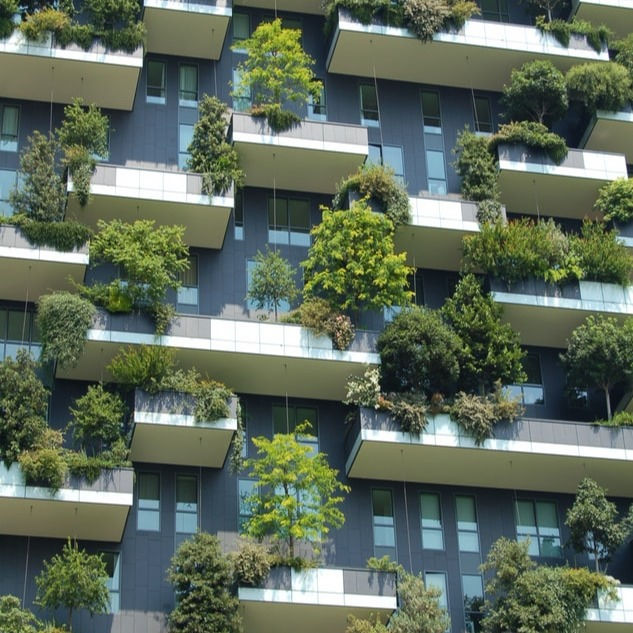Architects Declare: UK Movement Launches in Australia
- peoandpro
- Sep 26, 2019
- 3 min read

Last month, Australian architects declared a climate emergency, joining a global movement known as Architects Declare, launched in May 2019. Since its declaration, Architects Declare Australia (ADA) has been endorsed by Australian Institute of Architects (AIA), with members ranging from individual freelancers to larger architectural firms. Signatories have grown from around 450 members in August 2019 to 540 in mid-September 2019.
This declaration is particularly significant due to the use of the phrase 'climate emergency'. An increasingly popularised phrase intended to emphasise the urgency of climate issues, ADA's choice to declare a 'climate emergency' indicates a stronger stance on combating climate change, one that will require a more active role than simply acknowledging our climate issues and attempting to minimise our impact on the environment.
ADA spokesperson Caroline Pidcock explains that ADA's current goals revolve around raising awareness and working together towards a 'regenerative' design that not only causes no damage to the environment but also contributes to repairing it.
To do this, Pidcock asserts the need for a major reform of architectural education, as well as for professional architects to collaborate with clients and supply chains in an effort to reduce construction waste. Furthermore, the very way in which the construction process unfolds should be rethought with a focus on re-using materials and restoring buildings rather than demolishing old buildings and discarding materials.
Indeed, as an industry that contributes to nearly 40% of CO2 emissions, the building and construction industries have developed a highly consumerist way of life, which ADA hopes to counter. According to Pidcock, ADA hopes to persuade clients to adopt this approach—however, the process of doing so would likely involve having to reject work. This aspect of ADA's plan to counter the climate emergency is one faced with a multitude of challenges, a primary challenge being the lack of support from government policies and regulations in environmentally-friendly construction and buildings.
Lack of government support means that architects have to work to fulfil their commitment to stand against a climate emergency through their own choice and self-enforcement. This means implementing policies that other architectural firms may not, and subsequently, clients may walk away and seek out alternative options. This also means that firms may have to reject work as the client's requirements do not align with 'regenerative' outcomes.
For many architects, this is an inconvenience, but one that they can work with. Kerry Clare of Clare design acknowledges that being financially secure and well-established, she has the flexibility of choosing her projects on an ethical basis—a luxury that architects in more tenuous stages of their career lack. Architects with fewer assurances would likely to have to be warier when it comes to balancing personal values and beliefs against career advancement and income stability.
These are not the only difficulties that ADA has to face. James Grose, BVN principal observes that due to digitisation and technological advancements that facilitate a purely computational solution to a problem and produce the most efficient algorithms for a site, the future of architecture as an industry is increasingly under threat.
Similarly, the Architecture Director of WMK, John Andreas notes that the architect's shifting role within the building process has diminished them from 'the broader overseer' to 'a sub-consultant to a builder'.
In overall, the changing relationship between the building and construction industries and architectural practices means that architects hold a dwindling influence over the construction process, where most of the regenerative and waste-minimising practices would be implemented.
Nevertheless, members of ADA have jointly declared 'climate and biodiversity emergencies' and pledged to work toward a solution to the problem. Though they seem frustrated by the lack of support from current policies and regulations, they are also resolved to take charge of countering human damage to the environment, both for ethical reasons and future generations.
(ET)
.png)



Comments